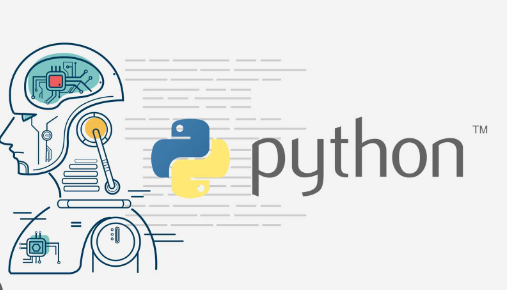Python AI: Unleashing the Power of Artificial Intelligence
In today’s fast-paced digital landscape, artificial intelligence (AI) is at the forefront of technological innovation. Python, a widely-used programming language, has emerged as a preferred choice for AI development due to its simplicity and versatility. Understanding Python in the context of AI can empower developers, data scientists, and hobbyists alike to create impactful applications.
Understanding the Basics of Python for AI
Python stands out in the realm of AI due to its user-friendly syntax and extensive libraries. Libraries such as TensorFlow, Keras, and PyTorch allow developers to build complex algorithms with ease. These libraries simplify tasks like managing neural networks and processing large datasets, making advanced AI concepts more accessible. Consequently, even programmers who are new to AI can quickly get up to speed and start creating their own intelligent applications, from chatbots to self-driving cars.
Machine Learning and Data Science
Machine learning (ML), a subset of AI, relies heavily on Python. It is the science of teaching computers to learn from data and improve over time without being explicitly programmed. Python provides powerful tools for data manipulation and visualization, such as Pandas and Matplotlib, which help in preparing the data for analysis. The ease of integrating these tools with machine learning libraries accelerates the development process, enabling projects to transition smoothly from concept to execution. Whether it’s predicting trends or automating processes, the synergy between Python and machine learning is transforming industries.
AI Applications in Real Life
The practical applications of Python AI are vast and varied. From enhancing customer service with intelligent chatbots to improving healthcare diagnostics through predictive analytics, the possibilities are nearly limitless. Companies like Google and Netflix utilize AI to optimize user experiences, personalize content, and streamline operations. Furthermore, the increasing availability of datasets and computing power means that more businesses can leverage AI capabilities, paving the way for innovative solutions in sectors ranging from finance to agriculture. By embracing Python for AI development, anyone can contribute to creating technologies that touch nearly every aspect of modern life.
Conclusion
As the world leans more toward automation and intelligent systems, learning Python for AI is not just relevant; it’s essential. Whether you’re a beginner or an experienced developer, diving into this field can open new doors and inspire innovative ideas. Ready to explore the realm of Python AI? Start today by experimenting with basic projects or exploring online resources to enhance your learning journey!

